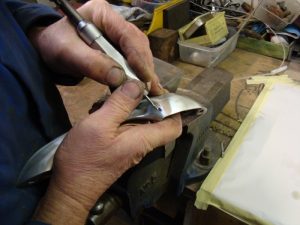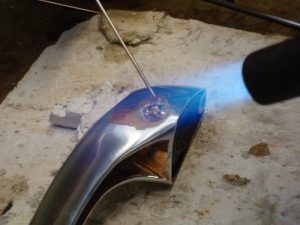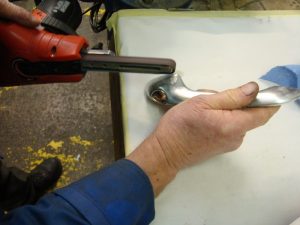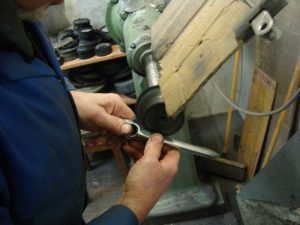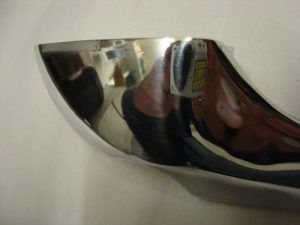Mazak Door Handle Repair
Background
Automotive components such as trims, door handles, headlamp surrounds, badges, hinges, switches, engine components and just about any complex shape you can think of on a car, was manufactured from an aluminium-zinc based alloy called Mazak or Zamak.
This material could be moulded under a process called high-pressure Aluminum Die Casting, which is a technique that involves injecting molten metal into a hardened tool steel mould and allowing it to solidify under pressure before ejection.
This resulted in a component with high accuracy, very good surface finish, and dimensional stability and strong enough for most automotive applications. The downside was that the material in certain environmental conditions could corrode. But to be fair motor manufacturers at that time never dreamed that 50 years on some of these vehicles would still be on the road.
We can’t guarantee perfect results, every piece is an individual and there are no two pieces alike. This process shows how one single large pit can be repaired with this process. It’s not suitable for the repair of multiple pitting.
The Problem
Pitting occurs as the zinc in the material separates and precipitates out of the aluminium, sometimes as a process of electrolytic reaction. This process pushes up the surface and causes the plating to blister. Once we remove all the old layers of plating to reveal a pitted Aluminum casting. We cut the surface back to remove as much of the corroded surface as reasonably practicable. This also means that the original “cast skin” is removed in that process. So when we come to re-chrome we are not plating onto the same original surface. This means it’s harder to re-chrome than it was originally and can lead to the plating not adhering to the material. This is one of the reasons why most plating companies will not touch it!
General Repair
Most of you will read about Mazak repairs by other companies involving heavy copper plating to fill the pits. The truth is that copper does not fill the pits! But successive layers of copper with intermediate layers of lead solder can form a smooth flat surface or an artificial skin that can then be Nickel and Chromed to form a perfect result. The problem is a process called “crevice corrosion” may occur in the base of the pit and this is often accelerated by the presence of dissimilar materials in the plating process. I think we have all seen at some point sheets of thick copper plating peeling with corrosion beneath the surface! Another problem is the increase in size often leads to parts not fitting back together!
Our Repair
Our system won’t guarantee to give you a perfect result, but it will be longer-lasting. Our process involves grinding and polishing to remove as much of the pitting as possible and then fill the larger pits. The following photos show a typical process of filling and polishing just one large pit. In practice, some castings with a large spread of corrosion it not be possible to remove all the pitting? Please read our terms and conditions.
Before
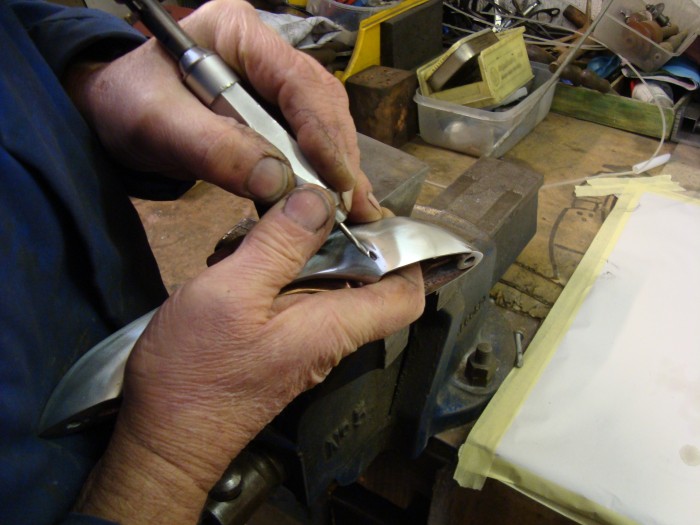
After
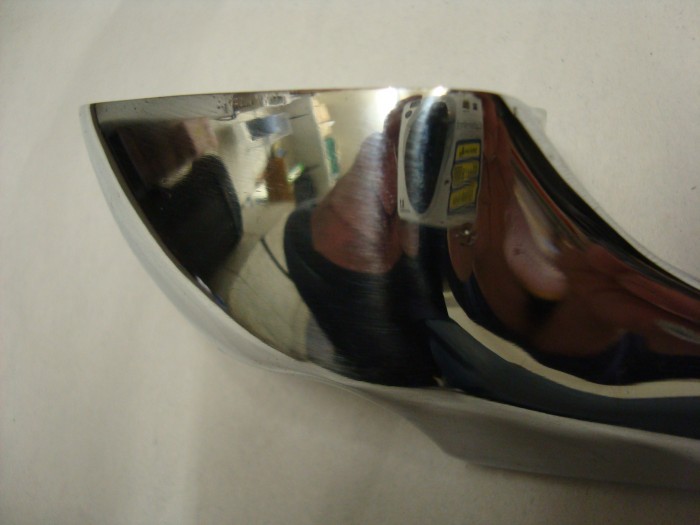
The Mazak Repair Process
The next stage is to fill the pit with a special solder and flux. This filler material melts at just a few degrees lower than the melting point of the Mazak casting. Therefore you only have a short window period in which you can use it, before you melt the whole casting! This requires a great deal of skill and expertise.

